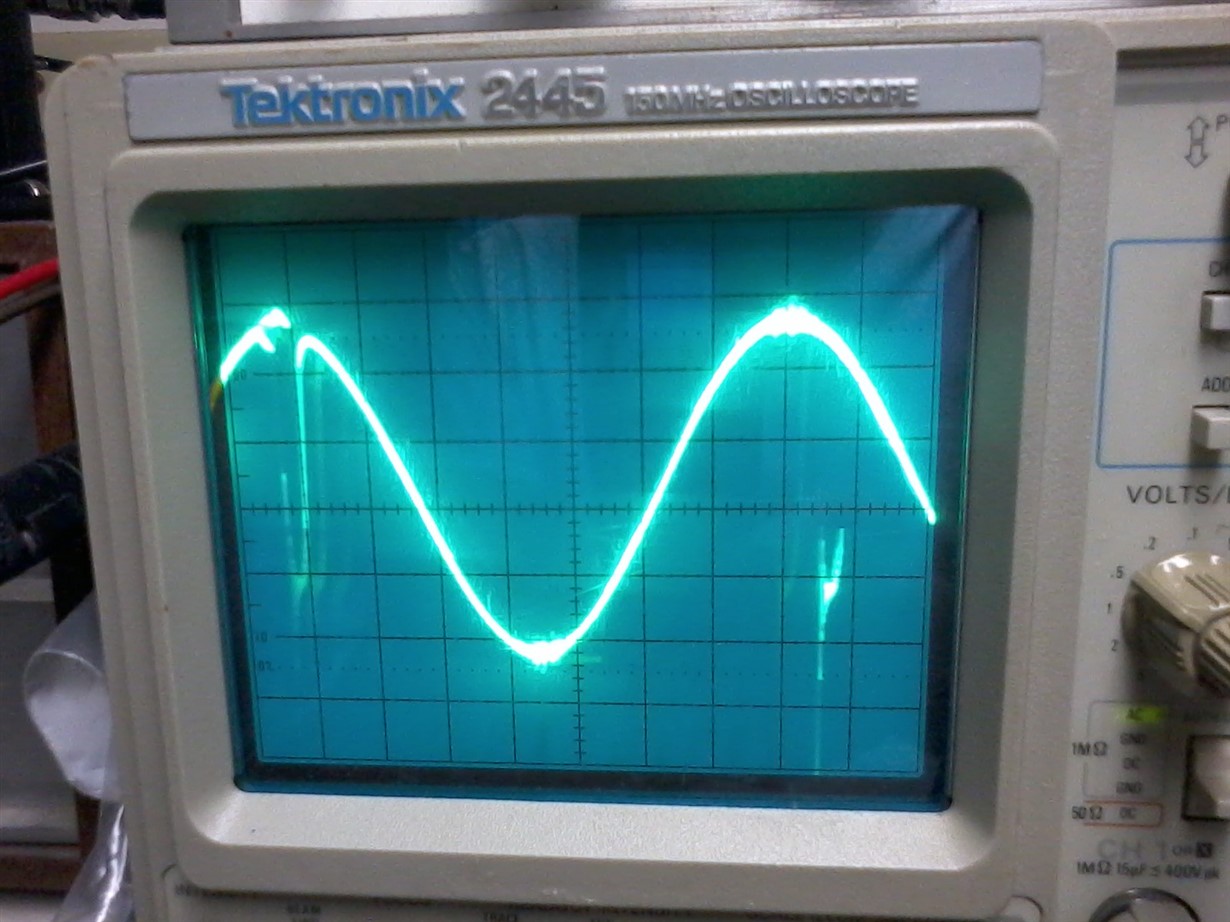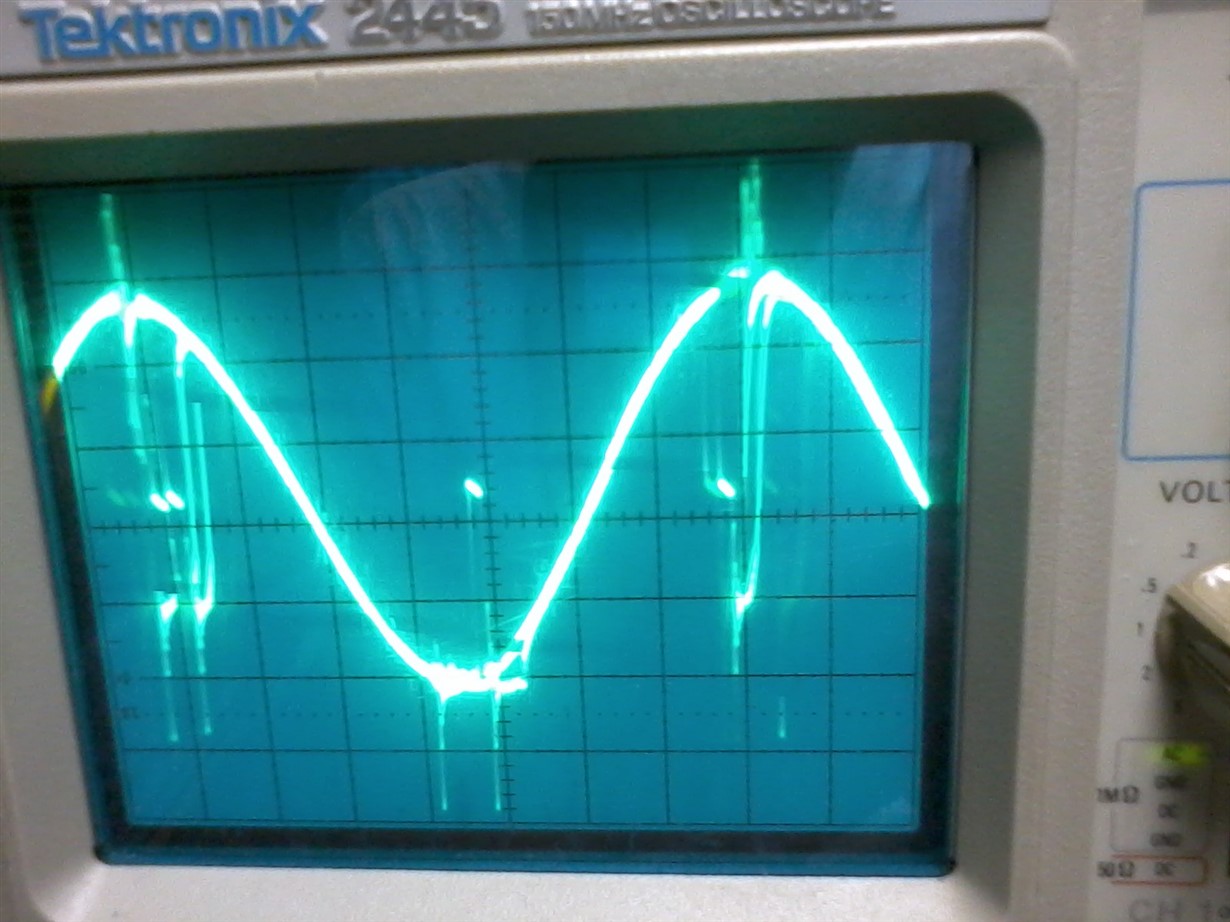Part Number: TPA3251D2EVM
We have designed a driver amp for a special purpose that is similar to a sub-woofer amp function. DC to 250hz response. The TPA3251D2 looked better than our previous attempt so we have designed around it. The one problem the customer dislikes, is the shut down when hitting full power plus output. Rather than just clipping like a normal amp, as soon as the output gets to >101% the OI protection is tri-stating the outputs for a short period of time, thus causing tremendous distortion in the load even with just 8 ohms. I have verified all reference supplies are stable with a scope. This appears to be the internal protection causing this. Reading another post on PFFB design, I was wondering if this might to some degree lessen this effect. I am being forced to design and add a brick wall limiter if not. Even with light loads this shut down of the outputs appear. What can be done? see https://www.dropbox.com/s/eu92she69zm8iig/200w%20Amp%201.pdf?dl=0




